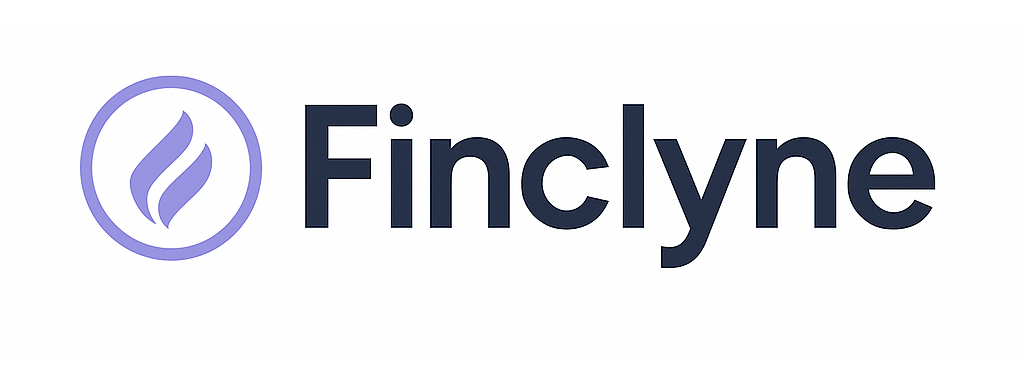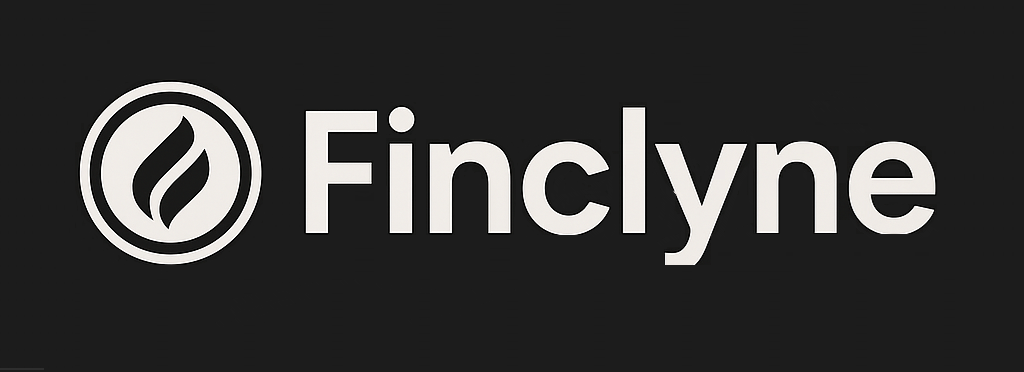US Futures Rise on Nvidia Chip Approval to China as CPI, Bank Results Loom
US stock futures edged higher in early trading, signaling a positive start to the week as market participants digested a significant development concerning chip giant Nvidia and its operations in China. The optimism comes ahead of a critical week packed with key economic data, including the latest inflation figures and the start of the Q4 corporate earnings season with major banks taking center stage. This confluence of tech-specific good news and broader economic uncertainties sets a nuanced tone for the financial markets.
The primary catalyst for the positive sentiment appears to be reports surrounding Nvidia, the world’s leading designer of artificial intelligence (AI) chips, and its strategic moves to navigate the complex landscape of US export restrictions targeting China. While the headline might suggest a blanket “approval” for high-performance chips, the reality is more nuanced and reflective of Nvidia’s adeptness in adapting to geopolitical constraints. Nvidia has designed a new series of chipsspecifically the H20, L20, and L2 modelstailored for the Chinese market. These chips are engineered to comply with the U.S. government’s updated export control rules, which restrict the sale of advanced AI semiconductors to China. The market’s positive reaction indicates optimism that these compliant versions will find significant demand within China, allowing Nvidia to maintain a crucial foothold in one of its largest markets despite geopolitical headwinds.
For Nvidia, retaining access to the vast Chinese market is paramount. China’s burgeoning AI sector and its strong demand for high-performance computing are critical drivers for the company’s revenue growth. By developing products that meet regulatory standards, Nvidia demonstrates its commitment to operating within established frameworks while minimizing potential revenue loss from export bans. This strategic agility not only bolsters investor confidence in Nvidia’s future earnings but also sends a positive signal across the broader technology sector, suggesting that innovative solutions can be found to navigate complex international trade policies. The potential for continued, albeit restricted, access to the Chinese market could serve as a template for other technology firms grappling with similar geopolitical pressures, contributing to the overall lift in tech-heavy Nasdaq 100 futures.
However, the tech-driven optimism is tempered by the impending release of crucial economic indicators that will undoubtedly shape market sentiment for the coming weeks. Foremost among these is the Consumer Price Index (CPI) report, scheduled for release mid-week. The CPI is a vital gauge of inflation, tracking the average change over time in the prices paid by urban consumers for a market basket of consumer goods and services. Investors will be scrutinizing this report for any signs that inflation is either accelerating or decelerating more than anticipated. A higher-than-expected CPI could reignite concerns about persistent inflation, potentially pushing the Federal Reserve to maintain higher interest rates for longer or even contemplate further rate hikes. Conversely, a softer CPI reading would bolster hopes for potential rate cuts in the near future, which typically supports equity markets by reducing borrowing costs for businesses and consumers.
Adding another layer of market scrutiny are the upcoming Q4 corporate earnings results, with major US banks set to kick off the reporting season. Financial institutions like JPMorgan Chase, Bank of America, Wells Fargo, and Citigroup are typically among the first to report, and their results are closely watched as a bellwether for the broader economy. Investors will be keen to assess their net interest income, which reflects the profitability of their lending activities, as well as loan growth, asset quality, and outlooks for the coming quarters. Strong bank earnings could signal resilience in consumer spending and business investment, providing a boost to overall market confidence. Conversely, any signs of weakening loan demand, deteriorating credit quality, or cautious guidance could dampen spirits and indicate underlying economic challenges. The interplay between these corporate insights and the macroeconomic data from the CPI report will provide a more comprehensive picture of the economic landscape.
In essence, the market finds itself at a pivotal juncture, balancing the micro-level optimism stemming from Nvidia’s strategic success in China with the macro-level uncertainties posed by inflation data and the health of the banking sector. The early rise in US futures suggests that, for now, the positive sentiment from corporate adaptability is holding sway. However, this could quickly shift depending on the precise figures from the CPI report and the forward-looking statements from the nation’s financial giants. Investors will need to remain nimble, as the coming days are poised to deliver a significant update on both corporate performance and the broader economic trajectory.





